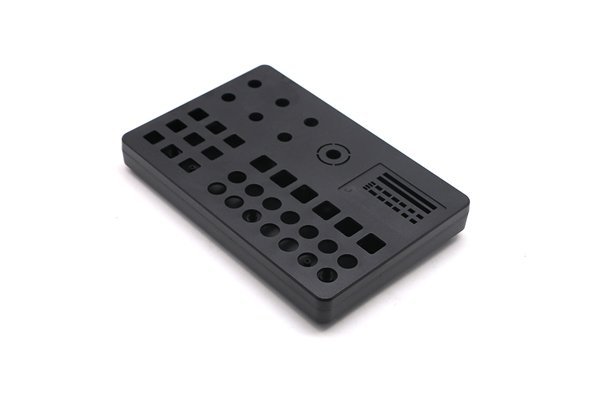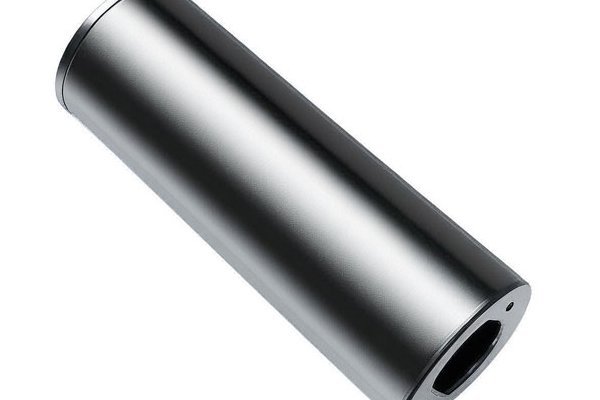: The Melting Point’s Crucial Role in Manufacturing
Did you know that aluminum is the second most widely used metal in the world, following steel? Its lightweight nature, high strength-to-weight ratio, and excellent corrosion resistance make it a popular choice in various industries, including automotive, aerospace, and electronics. However, one critical factor that affects how aluminum can be machined is its melting point. Understanding how the melting point influences CNC (Computer Numerical Control) machining can not only help manufacturers improve their processes but also enhance the final product quality. In this blog, we will delve into the melting point of aluminum, its implications for CNC machining, and how to effectively manage this aspect to achieve optimal machining outcomes.
The Science of Melting Point
What Is Melting Point?
The melting point of a material is the temperature at which it transitions from a solid state to a liquid state. For aluminum, this temperature is approximately 660.3 degrees Celsius (1220.5 degrees Fahrenheit). Understanding this property is crucial for CNC machining because it sets the baseline for various manufacturing processes, including cutting, drilling, shaping, and finishing aluminum components.
Importance of Melting Point in CNC Machining
The melting point significantly affects several factors in the CNC machining process:
How Melting Point Affects Different CNC Machining Processes
Understanding the melting point’s impact on the coefficients of thermal expansion, tool selection, and feed rates can lead to more effective CNC machining strategies. Below, we examine specific processes and how the melting point plays a crucial role.
Implications of Melting Point: In CNC milling, the aluminum alloy is often subjected to cutting temperatures that can approach or exceed the melting point. This can cause the material to soften, leading to increased cutting forces and potential tool damage.
Solution: Select the appropriate milling parameters, including spindle speed and feed rates, to reduce cutting temperatures. Utilizing cooling techniques such as flood coolant or compressed air helps mitigate heat build-up.
Implications of Melting Point: In turning operations, excessive heat can lead to thermal expansion of the workpiece, possibly resulting in inaccuracies in dimensions.
Solution: Employing cutting tools specially designed for aluminum, such as carbide or high-speed steel, can help maintain performance. Additionally, ensuring efficient chip removal prevents re-cutting or build-up of material.
Implications of Melting Point: Routing often involves high-speed operations where heat generation is substantial. If the process is not carefully managed, it can lead to melting of the aluminum edges.
Solution: Using appropriate feed rates and speeds tailored to the tool’s design, along with optimized tool paths, can help mitigate overheating. Cooling systems, whether through air or liquid, are also particularly useful in routing applications.
Implications of Melting Point: Overheated drill bits can cause the material at the drill tip to melt, leading to poor hole quality.
Solution: Implementing techniques like peck drilling — alternating between drilling depth and withdrawal — and ensuring the drill bits are sharp can help reduce heat generation and improve hole quality.

Factors Influencing the Melting Point in CNC Machining
While the intrinsic melting point of aluminum is constant, various factors can influence how it behaves during machining.
Aluminum is commonly alloyed with other metals like copper, magnesium, and silicon. Each alloy has a different melting point and properties that affect machining.
Selecting the right tool material can have a significant impact on machining performance when dealing with the melting point.
Setting appropriate cutting speeds, feed rates, and depths of cut is fundamental to managing temperature during machining.
Effective cooling techniques are vital for managing heat during the machining process.
Measuring and Monitoring Melting Points
To maintain optimal CNC machining conditions, it’s beneficial to monitor the temperatures throughout the machining process.
Implement temperature sensors within the CNC machine to continuously track heat levels during operations.
Utilizing software that analyzes real-time data ensures that operators can make swift adjustments to machining parameters, promoting efficiency and reducing downtime.
Understanding the melting point of aluminum and its effects on CNC machining is essential for manufacturers aiming to optimize production processes and outcomes. From tool wear to surface finish, the implications are vast and can considerably influence the overall quality of machined products.
In this blog, we explored how the melting point impacts different CNC machining processes, factors influencing it, and actionable solutions to overcome any challenges. By implementing these core techniques — from selecting appropriate alloys and tools to utilizing effective cooling systems — manufacturers can formulate a robust strategy for successful CNC operations.
As we navigate an increasingly competitive manufacturing landscape, the importance of mastering the melting point of aluminum in CNC machining cannot be understated. It’s not just about creating parts; it’s about achieving excellence and ensuring durability and performance in every product engineered. Understanding this concept could very well be the key differentiator to stay ahead in the industry.






